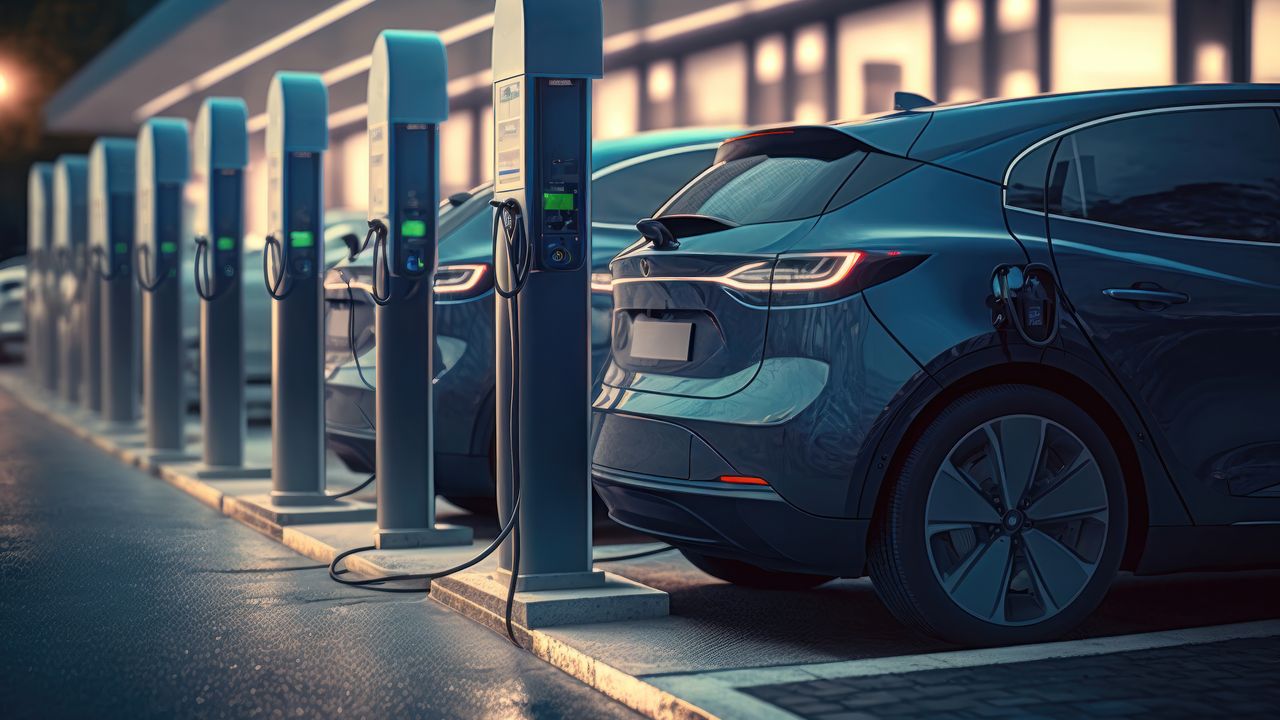Electric Vehicle Charging at Home: Options and Considerations
As electric vehicles (EVs) become increasingly popular, one of the most convenient ways to keep them charged is by charging at home. Home charging offers several benefits, including cost savings, convenience, and the ability to schedule charging according to your needs. However, there are a few important considerations to keep in mind to ensure safe and efficient charging. In this article, we will explore different options for home charging, discuss charge scheduling, highlight home charging safety, and touch upon the importance of choosing the right charging plug.
Options for Home Charging
When it comes to charging your electric vehicle at home, you have a few options to consider. The most common options include:
- Level 1 Charging: This option utilizes a standard 120-volt electrical outlet and comes with most electric vehicles. While it is the slowest charging option, it is the most accessible and requires no additional installation or equipment.
- Level 2 Charging: Level 2 charging requires a 240-volt electrical outlet and a dedicated charging station. This option provides faster charging speeds compared to Level 1 and is ideal for those who need to charge their EVs overnight or during extended periods of inactivity.
- Level 3 Charging (DC Fast Charging): Level 3 charging, also known as DC fast charging, is the fastest option available for home charging. However, it requires professional installation and is typically more expensive. This option is best suited for those who frequently travel long distances and need rapid charging capabilities.
Charge Scheduling
One of the advantages of home charging is the ability to schedule your charging sessions according to your needs. Most electric vehicles come with built-in charge scheduling features that allow you to set specific times for charging. By taking advantage of charge scheduling, you can take advantage of off-peak electricity rates, reducing your overall charging costs. Additionally, scheduling your charging sessions can help optimize your EV’s battery life by avoiding frequent fast charging, which can degrade the battery over time.
Home Charging Safety
While home charging is generally safe, it is essential to follow certain safety guidelines to minimize any potential risks. Here are a few key safety considerations:
- Use a dedicated circuit: It is recommended to have a dedicated circuit for your EV charging station to avoid overloading the electrical system.
- Choose a reputable electrician: Professional installation of your charging equipment is crucial to ensure safety and compliance with electrical codes.
- Inspect your charging equipment regularly: Regularly check the condition of your charging cable, plug, and station for any signs of wear or damage. If you notice any issues, have them addressed promptly.
- Avoid charging in extreme temperatures: Extreme heat or cold can impact the performance and lifespan of your EV’s battery. Whenever possible, park your vehicle in a temperature-controlled environment for charging.
Choosing the Right Charging Plug
When it comes to choosing a charging plug for your electric vehicle, it is important to consider compatibility and convenience. The most common types of charging plugs include:
- J1772: This is the standard charging plug for most electric vehicles in North America. It offers Level 1 and Level 2 charging capabilities.
- CHAdeMO: CHAdeMO plugs are primarily used for Level 3 DC fast charging. They are commonly found in Japanese and European electric vehicles.
- CCS: Combined Charging System (CCS) plugs are becoming increasingly popular for Level 3 DC fast charging. They are compatible with both AC and DC charging and are widely adopted by many automakers.
Before purchasing a charging station, ensure that it is compatible with your EV’s charging plug. Additionally, consider the availability of charging stations with your chosen plug type, especially if you plan to travel long distances.
In conclusion, home charging for electric vehicles offers numerous benefits, including cost savings and convenience. By understanding the different charging options available, utilizing charge scheduling, prioritizing home charging safety, and choosing the right charging plug, you can ensure a seamless and efficient charging experience for your electric vehicle.
